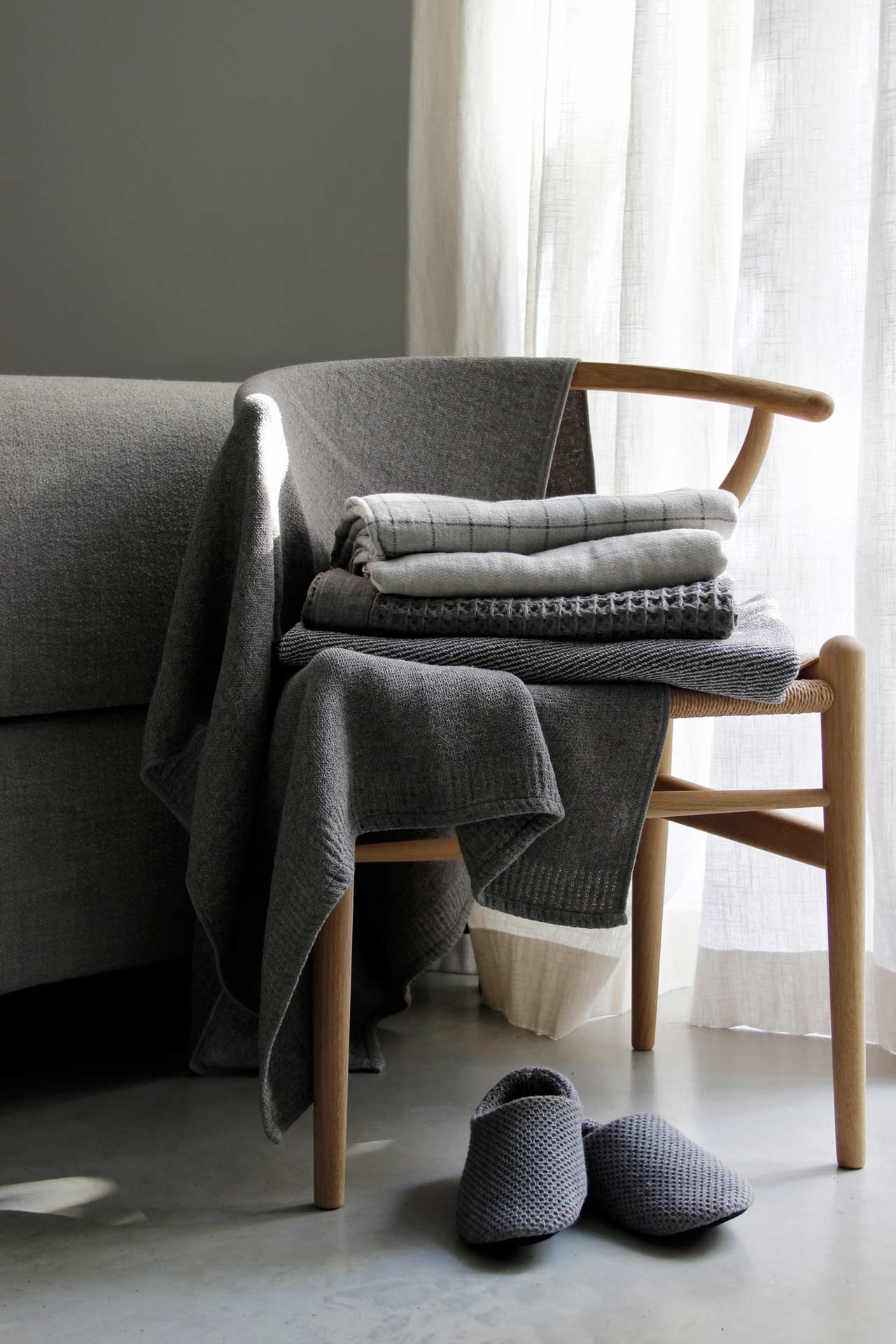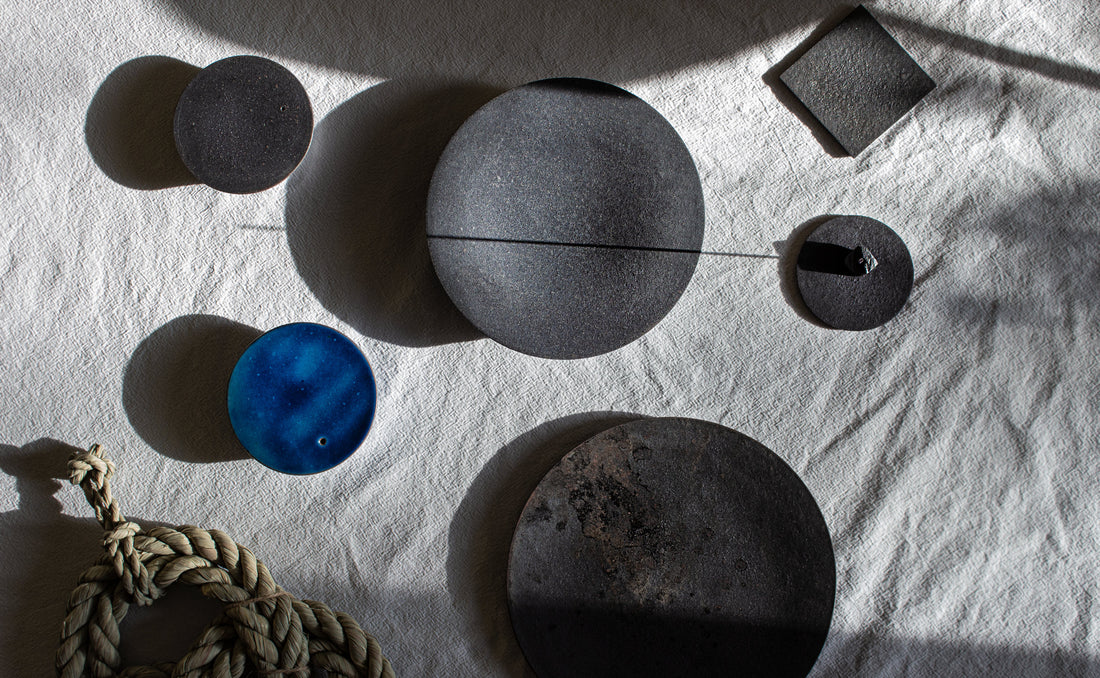The Historical Significance of Kawara Ceramics
Kawara ceramics have a deep-rooted history in Japan, primarily associated with roofing, particularly in the construction of temples and traditional homes. These ceramics are integral to Japan's architectural landscape, offering both functionality and aesthetic appeal. The use of kawara dates back to the Asuka period (around 538–710 AD), when the influence of Chinese architectural styles began to merge with indigenous practices.
The Role of Kawara in Architecture
Kawara tiles were historically essential for roofing, especially for the complex, tiered roofs typical of Japanese temples and traditional houses. These roofs serve not only practical purposes, such as shedding rain and snow, but also symbolize harmony between humanity and nature. The intricate designs of these roofs, often featuring overhanging eaves and decorative elements, create a sense of balance and elegance.
The unique structure of kawara tiles allows for effective rainwater drainage, while their durability ensures protection against the elements. The use of clay, a natural material, further reflects the Japanese ethos of living in harmony with nature.
Cultural Significance and Decorative Elements
Kawara ceramics are more than just roofing materials; they often feature decorative motifs that hold significant cultural meanings. Common designs include dragons, which symbolize strength and protection, and various faces and demons, believed to ward off evil spirits. These embellishments are not merely ornamental; they serve to communicate spiritual and cultural narratives, enriching the architectural landscape with layers of meaning.
As the craft of kawara production has evolved, it continues to reflect the artistic traditions of Japan. The meticulous techniques passed down through generations demonstrate the artisans' dedication to preserving their heritage while adapting to contemporary aesthetics.
KENKAWAI's Contemporary Interpretation
At KENKAWAI, we embrace this rich tradition by introducing kawara craftsmanship into modern settings through thoughtfully designed plates, incense holders, and other ceramic pieces. While we honor the historical significance of kawara, our aim is to make this timeless artistry accessible and relevant in contemporary interiors. Each piece reflects the same dedication to craftsmanship and aesthetic quality that has characterized kawara ceramics for centuries, inviting users to experience the beauty and tranquility they embody.
Kawara ceramics are a fascinating intersection of art, culture, and functionality. Their historical significance as essential elements in temple architecture and their rich decorative traditions make them a testament to the timeless beauty of Japanese craftsmanship. By integrating these exquisite pieces into modern living, KENKAWAI invites you to appreciate the enduring legacy of kawara ceramics in a new light.






